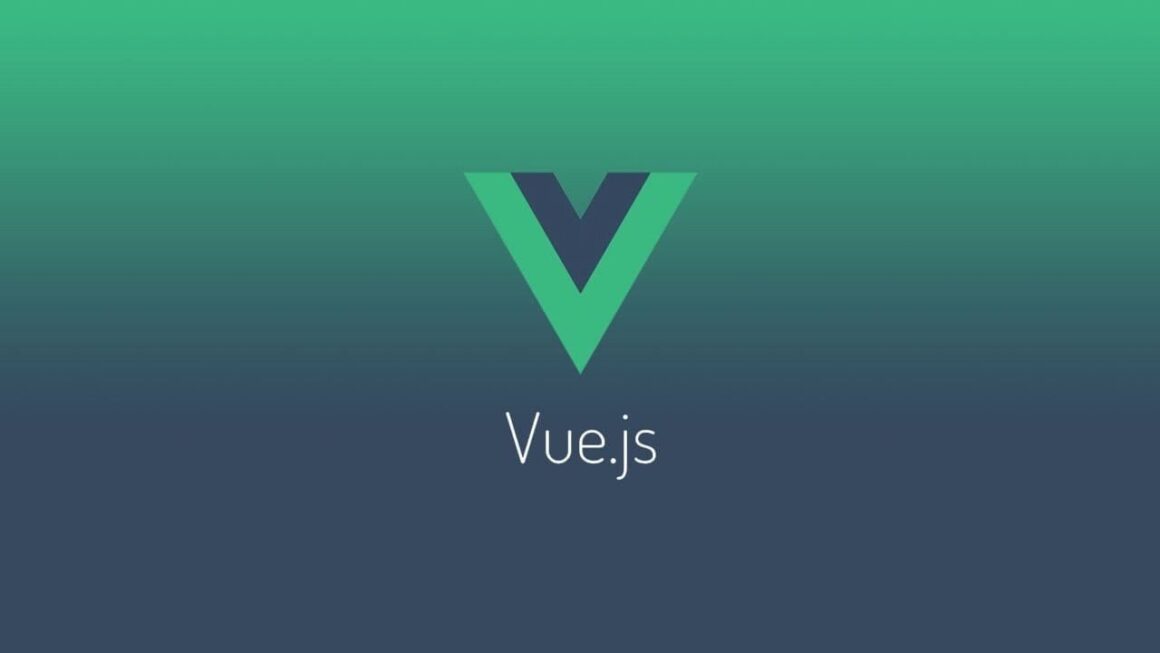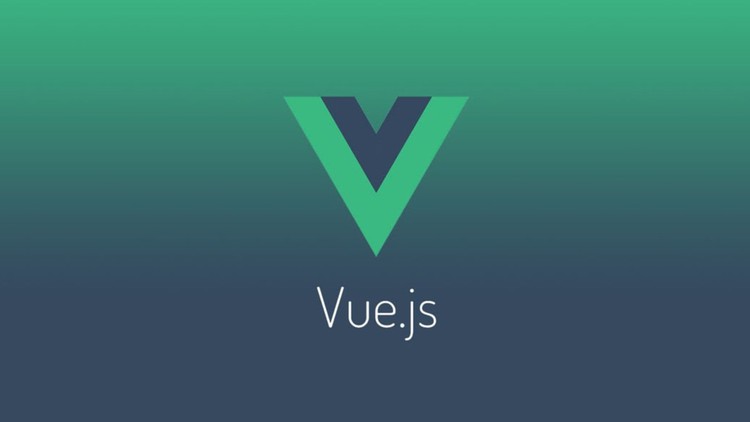Vue.js is a distinct and progressive JavaScript framework primarily aimed at constructing interactive user interfaces and dynamic single-page applications (SPA). Unlike other frameworks, it stands out for its simplicity and flexibility, which make it a favored choice among developers worldwide.
In this article, we discover the significant benefits of using Vue.js for web development. From its reactive data binding and component-based architecture to its ecosystem, we explore how this framework can transform the web development process, making it more efficient and accessible. Join our Vue.js development agency as we unravel the advantages of Vue.js and how it can be the ideal solution for your next web project.
Overview of Vue.js

Vue.js, created by Evan You, stands as a testament to the beauty of simplicity in web development. Conceived from a desire to extract the best parts of Angular, it has grown from an individual project to a globally acclaimed JavaScript framework. Its inception was driven by the quest for a less intrusive, more adaptable framework, leading to the widespread adoption it enjoys today.
Vue.js is well-known for its reactive data binding and an intuitive, composable components structure. These core features enable developers to create interactive web interfaces with minimal overhead. Unlike its heavyweight counterparts, it is designed for ease of adoption, offering a gentle learning curve without sacrificing functionality.
The framework’s current incarnation, enriched with an extensive ecosystem, provides developers with tools like Vuex for sophisticated state management and Vue Router for navigation in single-page applications. This vibrant ecosystem makes sure that Vue.js remains a preferred solution for many. With each update, it continues to refine its balance between offering rich features and maintaining an approachable user experience.
Simplicity and Ease of Learning

Vue.js is centered on simplicity and ease of learning. This approach sets it apart from other frameworks, which often come loaded with complexities that can overwhelm newcomers. In contrast, it offers a gentler learning curve without sacrificing depth or functionality.
The availability of learning resources plays a pivotal role in the accessibility of Vue.js. From official documentation that is clear and well-structured to an array of tutorials, video courses, and interactive examples, there’s a wealth of information available for those eager to learn. What is more, its community is famous for being a supportive and active presence, offering guidance, answering queries, and sharing knowledge through forums and social media platforms.
For beginners, Vue.js presents concepts such as reactive data binding, component-based architecture, and the Virtual DOM. These fundamental ideas form the backbone of it and can be grasped quickly, which allows new developers to start building simple yet powerful applications in no time.
Flexibility and Integration Capabilities
Vue.js architecture’s flexibility and adaptability are particularly evident when integrating it into existing web applications. It allows developers to infuse new life into legacy systems without the need for a complete overhaul, a quality that saves time and conserves resources.
One of Vue.js’s standout features is its capacity for gradual adoption. Developers can start small, perhaps by sprucing up a single feature on a page with its reactive components, and then scale their use of the framework as needed. The modular approach eliminates the all-or-nothing scenario often faced with other frameworks and provides a smooth transition path that can adapt to a project’s evolving requirements.
The real-world applications of Vue.js’s integration capabilities are numerous and varied. From working to make existing HTML forms better with interactive elements to creating complex applications in tandem with tools like Webpack and Babel, it plays well with other technologies and libraries.
Success stories range from small businesses revitalizing their user interfaces to large enterprises restructuring their frontend architectures. The common thread in these stories is Vue.js’s ability to blend with other technologies, which proves its worth as a versatile and approachable tool in the modern developer’s toolkit.
Performance and Optimization

It advances web application performance through several mechanisms:
- Virtual DOM: This feature facilitates rendering processes by minimizing direct manipulation of the DOM, which leads to faster and more efficient updates. By only altering parts of the page that need changes, it cuts down rendering time.
- Built-in Performance Features: It incorporates built-in solutions like lazy loading and asynchronous components. These tools help reduce initial load times by splitting the bundle and loading parts of the application only when needed. Additionally, efficient state management with Vuex guarantees smooth and fast state updates.
- Performance Comparisons: In benchmarks against other frameworks, it frequently demonstrates superior performance metrics. It boasts quicker loading times and lower memory consumption, largely due to its lightweight structure and the strategic optimizations within its core design.
Ecosystem and Tooling
The Vue.js ecosystem offers a lot of tools, libraries, and plugins designed to simplify and enrich the web development process. Central to this ecosystem is the Vue CLI, a powerful project scaffolding tool. It provides a standardized structure for your projects. Whether you’re starting a new project or integrating Vue into an existing one, the Vue CLI cuts down setup time and technical debt, and allows you to focus on creating outstanding applications.
The community around it is vibrant, creating a diverse collection of plugins and libraries. For instance, Vue Router and Vuex stand out as staples for any sophisticated application, managing routing and state with efficiency. Beyond these, there are countless community-contributed tools catering to different functionalities, from form handling to internationalization.
Then there’s Vue DevTools, an essential instrument in the Vue developer’s toolkit. This browser extension offers a comprehensive inspection of your Vue applications and allows for real-time editing and debugging. With Vue DevTools, tracking down bugs and monitoring state changes is easy.
This rich ecosystem fosters a sense of innovation and collaboration within the community. By tapping into this wealth of resources, developers can craft sophisticated web applications.
Community and Support

The Vue.js community is a testament to the framework’s accessibility and popularity. It’s a vast, global network of developers, ranging from enthusiasts dabbling in frontend experiments to professionals crafting enterprise-level applications. The diversity fosters an environment of shared knowledge and mutual assistance.
The engagement within the Vue.js community is visible through various channels. Online forums and platforms like Stack Overflow are bustling with activity, offering answers to both common and complex queries. Local meetups and international conferences, such as VueConf, provide opportunities for face-to-face interaction, learning, and networking. These events not only enhance skills but also solidify the sense of community among Vue users.
At the heart of this supportive network lies the official documentation. Well-known for its clarity and depth, the documentation serves as a reliable guide for developers at all levels. It breaks down concepts and features into digestible sections and makes the learning process more approachable. This resource, along with the community’s collaborative spirit, makes sure that help is always at hand and makes the journey through development a supportive and enriching experience.
Case Studies and Success Stories

The real-world impact of it is best illustrated through case studies and testimonials from those who’ve wielded its power to overcome development difficulties. Here’s a look at some notable examples:
- GitLab: Faced with the challenge of a monolithic codebase, GitLab turned to Vue.js to simplify its development process. The transition to Vue enabled modular, more transparent, and more maintainable code and improved the platform’s performance and developer productivity.
- Behance: Adobe’s Behance, a leading online platform for showcasing and discovering creative work, switched to Vue.js to revitalize their project editor. This move resulted in a more intuitive and faster user interface.
- Alibaba: As one of the world’s largest e-commerce platforms, Alibaba adopted Vue.js for its lightweight nature. The framework’s flexibility allowed Alibaba to enhance user interfaces across multiple web applications and lead to improved site performance and customer satisfaction.
Conclusion
In wrapping up, it’s clear that Vue.js stands out for several compelling reasons in the web development world. Its intuitive nature, combined with a component-based architecture, offers a better approach to building dynamic user interfaces. The framework’s lightweight build and virtual DOM bring swift, efficient performance, while its flexible ecosystem supports a broad range of development needs.
For those considering Vue.js for upcoming projects, starting is as simple as engaging with the abundant resources available. Dive into the well-structured official documentation, experiment with the Vue CLI, and join the vibrant community for insights and support. These steps will pave the way for a smooth introduction to Vue.js.
Looking ahead, it continues to show promise for future development, guided by a roadmap attuned to community feedback and evolving web standards. Its growing adoption and positive reception suggest a bright future, making it a worthy candidate for anyone looking to embrace modern web development practices.


